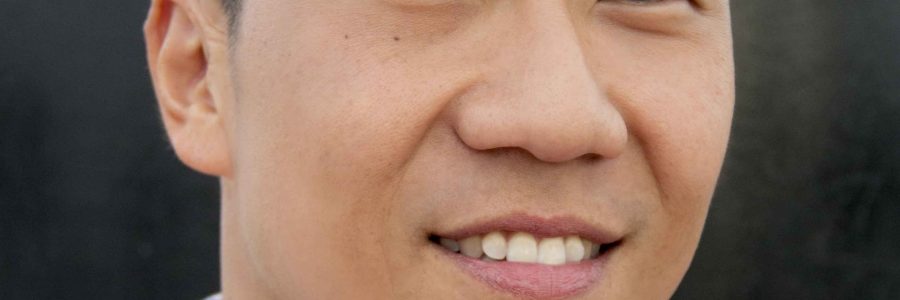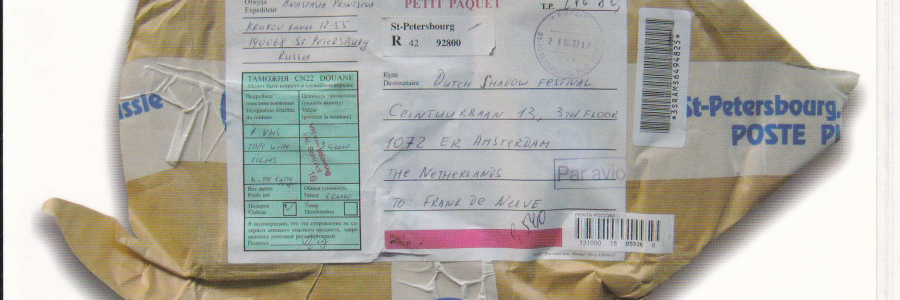by ken kwek
IF YOU’RE any kind of artist based in Singapore, you will find there is only one thing worse than having your work banned: not knowing why it was banned in the first place.
I have had some experience of this. From 2003 to 2005, when I was in Britain, I co-produced and shot a documentary called The Ballad Of Vicki And Jake.
The film chronicles the life of Vicki Harris, a heroine addict struggling to bring up her 11-year-old son, Jake, in a home racked by social dysfunction and abuse. Shot over 18months, it was a labour of love – and horror – for American director Ian Ash and me.
So far, the film has been screened in six countries and was recently picked up by a Canadian distributor. Last June, The Arts House agreed to show it here in what would have been the movie’s Asian premiere. I gave a copy to event organisers, who duly submitted it to the Media Development Authority (MDA) for classification.
By August, programmes had been printed and screenings planned for late September. All that remained was for the MDA to give us the go-ahead. Which it didn’t. This was three weeks before the planned screening.
The Arts House appealed on my behalf, but to no avail. In an e-mail, the MDA ‘agree(d)…that the film portrays the negative repercussions of drugs’, but nonetheless wanted a four-minute scene with ‘instructive drug use’ cut out.
This was not a feasible option, and the screening was cancelled. I was disappointed because no detailed explanation was given as to why the scene, in which a character smokes a crack-pipe, was deemed ‘instructive’ – any more instructive than, say, the portrayal of a woman injecting heroine intravenously in the movie, Protege, which hit cineplexes here soon after.
I’ve recounted this experience in some detail to give a sense of the time and effort that often go into artistic work, and the shorter and seemingly opaque process in which such work is assessed by the MDA.
In 2004, film-maker Martyn See’s Singapore Rebel, about opposition leader Chee Soon Juan, was pulled from the Singapore International Film Festival (SIFF) after organisers were told it could be deemed a ‘party political film’.
The Ministry of Information, Communications and the Arts (Mica) later said in a statement that under the Films Act, such films – defined as any film that contains ‘matter which is intended or likely to affect voting in an election’, or that contains ‘partisan or biased references to or comments on any political matter’ – could result in a fine or jail term for the film-maker.
A group of 11 film-makers led by Ms Tan Pin Pin subsequently sent a letter to The Straits Times Forum page asking the Government for greater clarity on offences under the Act. Beyond arguments of free expression and artistic interpretation, her appeal was pragmatic: ‘It would be a waste to spend resources making a film, only to find out it is unlawful because it has inadvertently run afoul of the Films Act.’
Her query was prescient.
Last week, Mr See’s work was again banned and withdrawn from the SIFF. Zahari’s 17 Years – on former opposition politician Said Zahari, who was arrested and detained under the Internal Security Act in 1963 – was censured for being an attempt to ‘exculpate’ Zahari from his past transgressions.
‘The Government will not allow people who had posed a security threat to the country in the past to exploit the use of films to purvey a false and distorted portrayal of their past actions and detention by the Government,’ Mica added.
This happened after the documentary had already been rated PG (Parental Guidance) for the Asian Film Symposium last year. The film had also been withdrawn from that festival, after MDA officials met The Substation’s artistic co-director, Ms Audrey Wong, and other festival organisers, and told them the material ‘may be defamatory’.
These and other episodes, such as the recent withdrawal of another local film, Solos, from the SIFF, have created some tension between the authorities and the film community here. Dismay has manifested itself on two levels.
First, while censorship as an issue remains contentious for some, it is generally accepted as necessary by most, though the degree to which it is applied remains hotly debated.
Second, what has generated greater frustration, as recent examples show, is a more practical consideration: that those who decide what can be screened publicly need to be more consistent and conclusive in their assessment of films, because it is an economical practice that saves resources for all involved parties.
While few will quibble with the notion that censorship exists in all societies, the withdrawal of films from various events in recent years suggests a need for more accountability on how films are appraised.
What has frustrated film-makers and organisers here is less the principle of censorship than the exercise of it. Beyond the actual banning of films, what riles film-makers here is the inefficiencies of official assessment and sanction: the U-turns in the issuing of licences and classifications; the lack of specific direction on what sort of content is objectionable, as opposed to what ‘may be defamatory’.
The authorities might well have reason to prohibit certain films if they are libellous or if they undermine public confidence in the Government. But when a film has been banned, the censors need to be specific – state exactly which scenes, characters, dialogue and so on were out of line – so film-makers, and the public, are left in no doubt as to the reasons behind the decision.
This article was originally published in The Strait Times on April 20, 2007
© 2007 ken kwek



